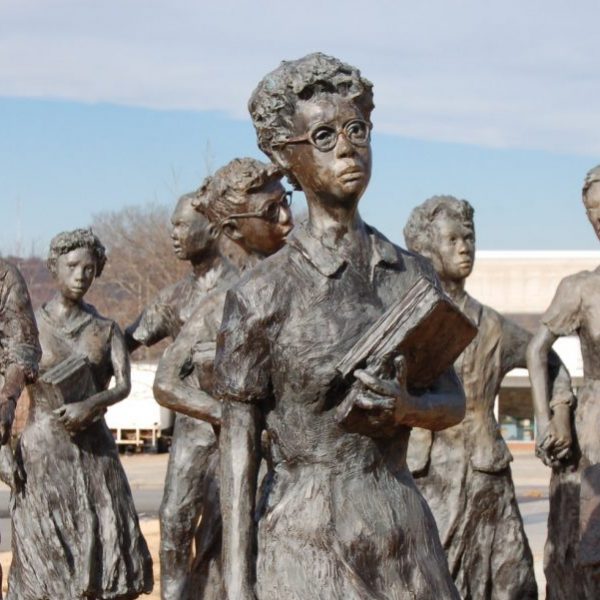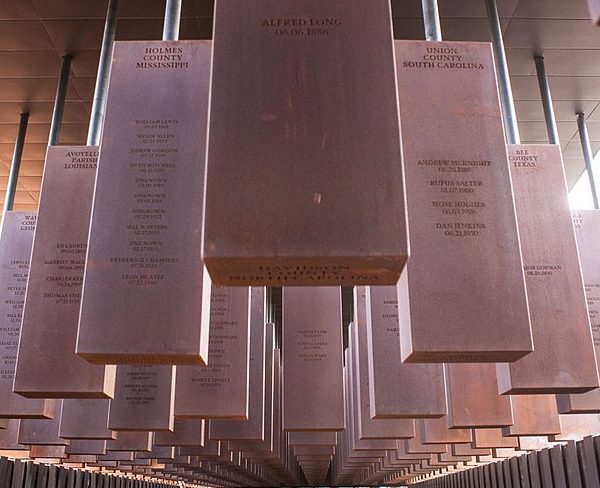That Famous Photograph: Elizabeth and Hazel Appear Again
They say a picture is worth a thousand words, but if David Margolick’s new book Elizabeth and Hazel: Two Women of Little Rock is any indication, a thousand is a low estimate.
While the book itself only runs 320 pages, since its September release date, many pages more have been written about the book, its author, and the photograph that inspired them both. Named a Hot Read by the Daily Beast, which also ran an excerpt, Elizabeth and Hazel has received particularly notable reviews from the L.A. Times, The Huffington Post, and New York Times, which called it a “patient and evenhanded account” of a complexly nuanced relationship.
 Another excerpt appeared on Slate, and you can listen to an interview with the author on NPR’s Morning Edition. Upon the book’s release, Margolick spoke at the Clinton School of Public Service in Arkansas, where the Arkansas Times featured an article by Margolick on the connection between Louis Armstrong and the Little Rock Nine and coverage on Margolick’s research in the area. Earlier on the Yale Press Log, look back at an interview about Margolick’s writing process and watch the book trailer, which prominently features the famous image shot outside of Central High School in Little Rock in 1957.
Another excerpt appeared on Slate, and you can listen to an interview with the author on NPR’s Morning Edition. Upon the book’s release, Margolick spoke at the Clinton School of Public Service in Arkansas, where the Arkansas Times featured an article by Margolick on the connection between Louis Armstrong and the Little Rock Nine and coverage on Margolick’s research in the area. Earlier on the Yale Press Log, look back at an interview about Margolick’s writing process and watch the book trailer, which prominently features the famous image shot outside of Central High School in Little Rock in 1957.
Margolick picks up the story of Little Rock where most other versions wrap up, following the two women in the photograph through their lives after 1957 and up to the present day. Elizabeth Eckford, the most famous of the Little Rock Nine, went on to join the army and suffered from depression; Hazel Bryan, the young white woman whose shouting face was held up as the image of intolerance, dropped out of school and married young, but also underwent a radical inner change that brought her to peace activism. Both attempted to mend their relationship later on, and a tentative friendship arose and then collapsed in the wake of their past differences.
Margolick’s narration has been praised for its care and accuracy, but the primary focus of the reviews is almost invariably the story’s continued relevance. Even more than fifty years after Little Rock, the lives of Elizabeth and Hazel shed valuable light on a country where race is still anything but a closed book.



